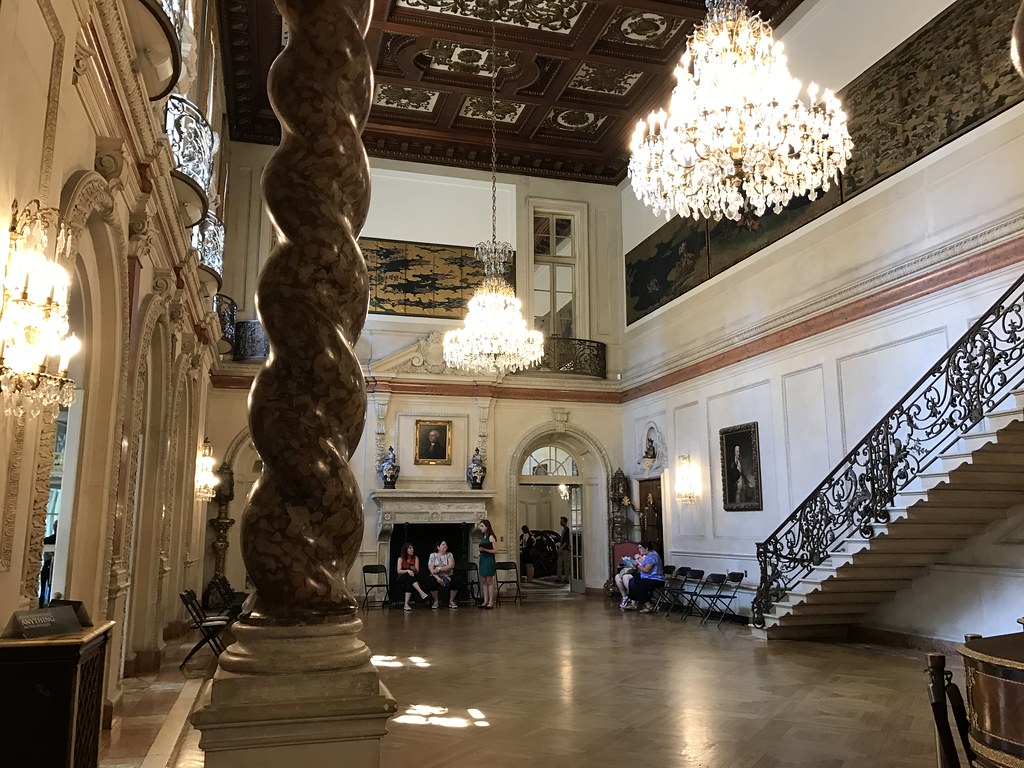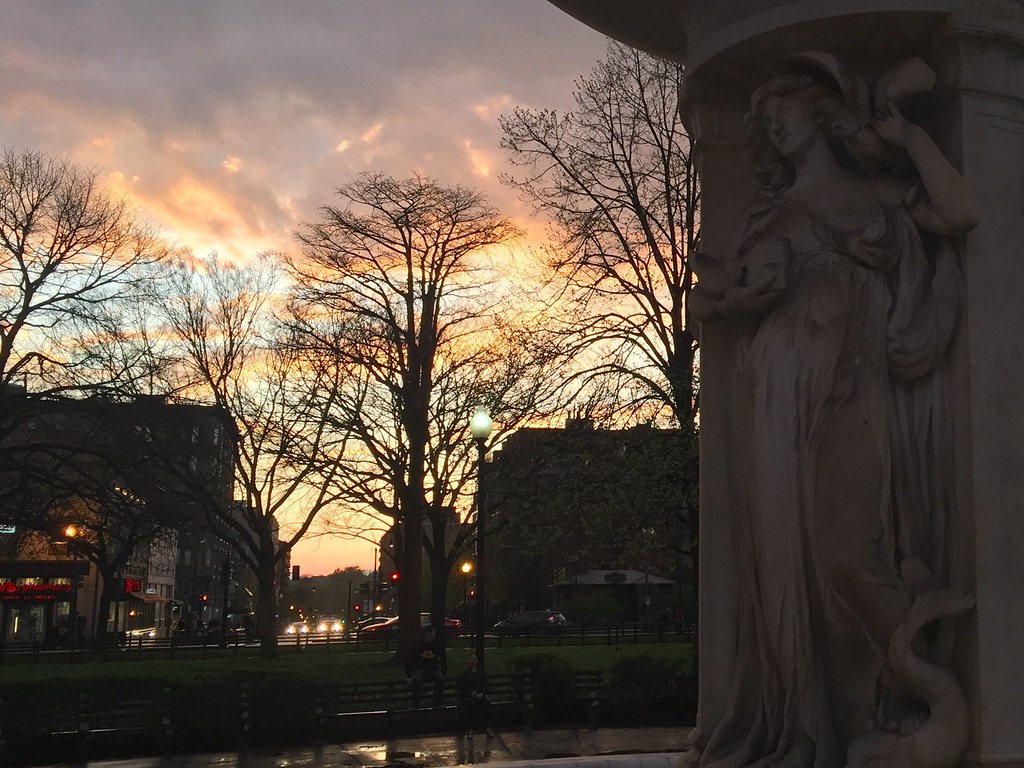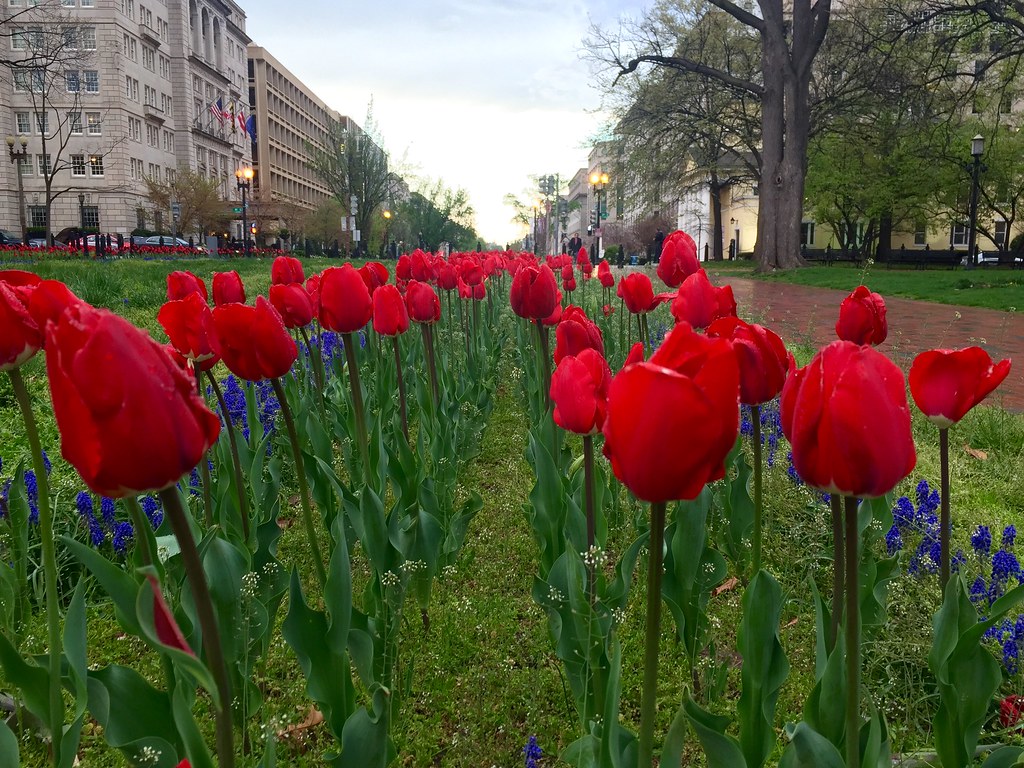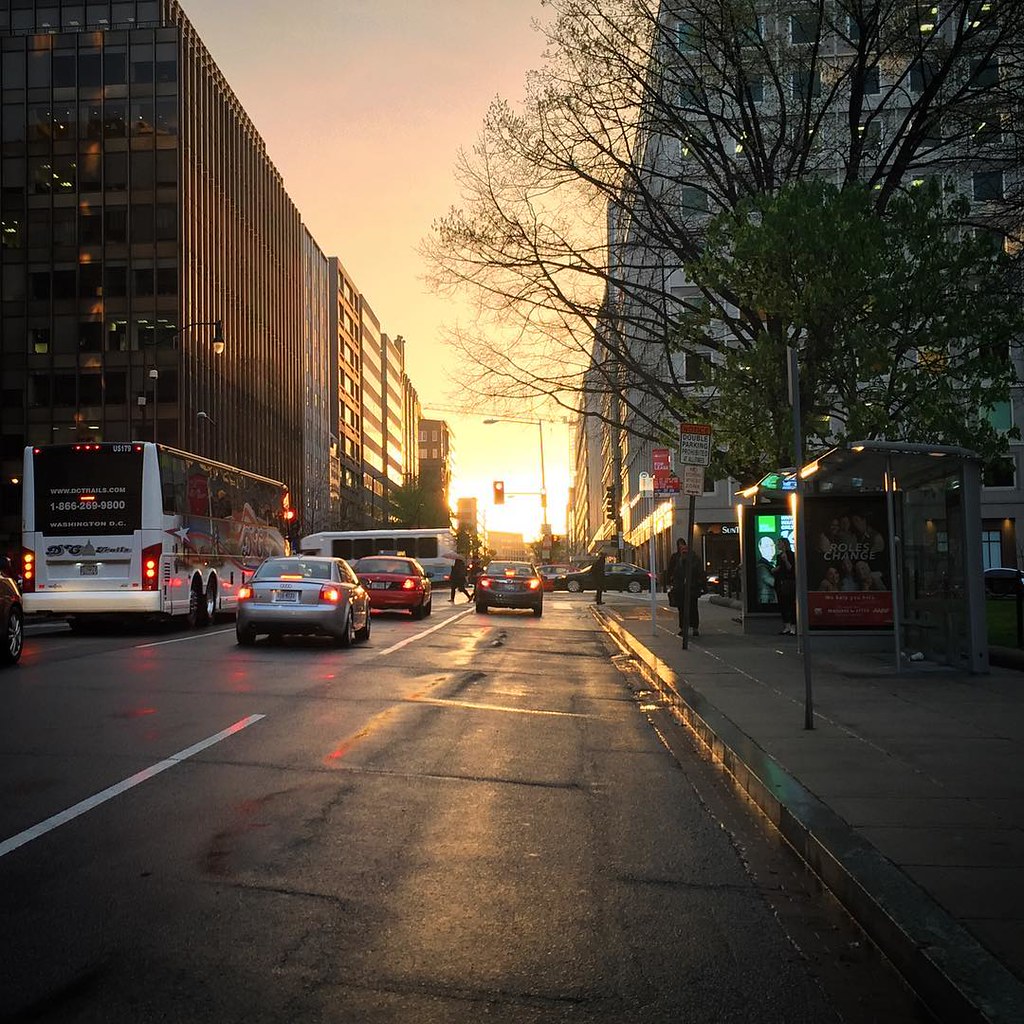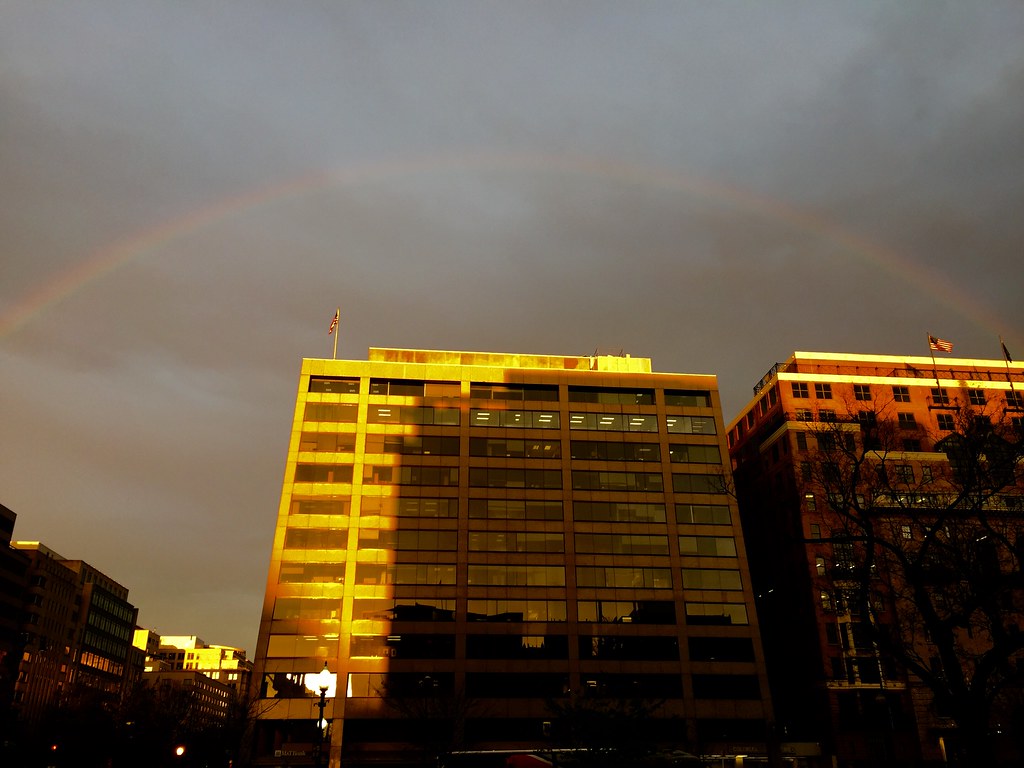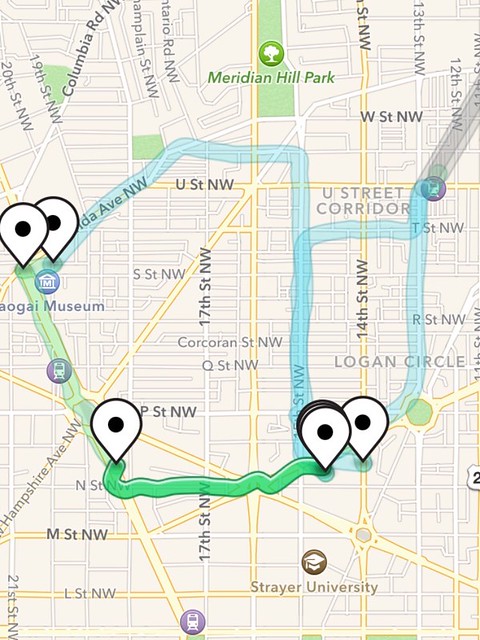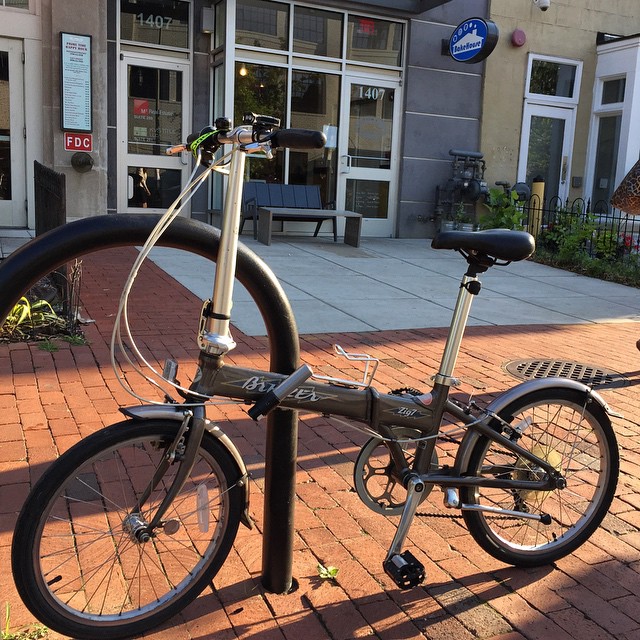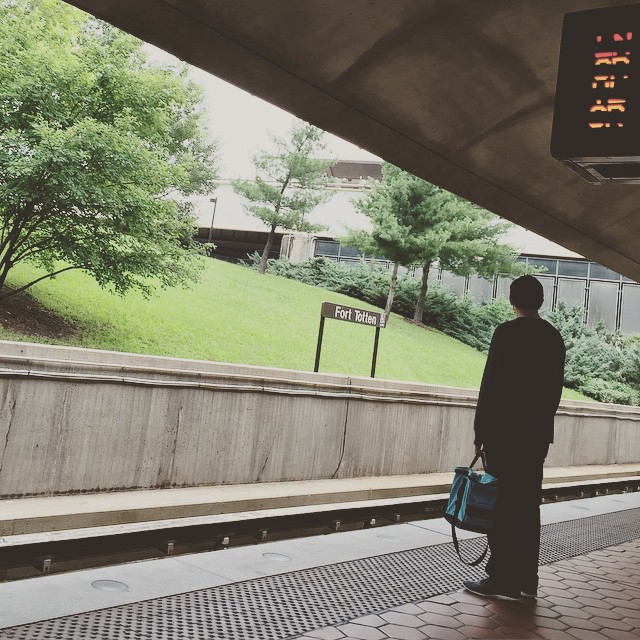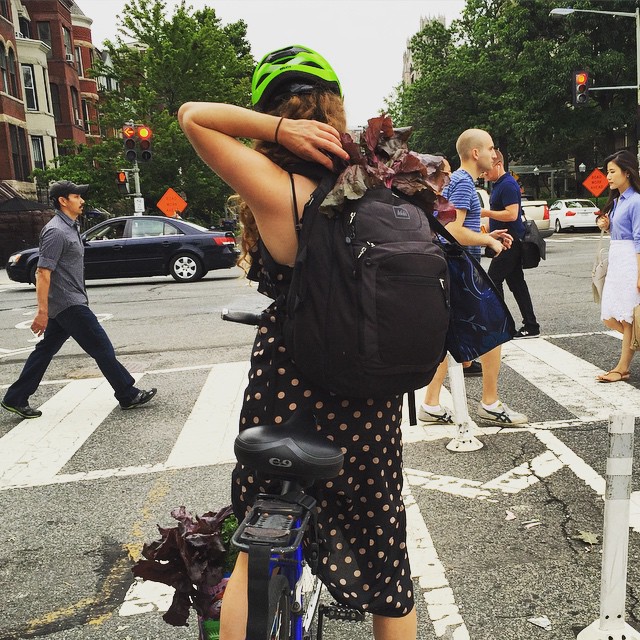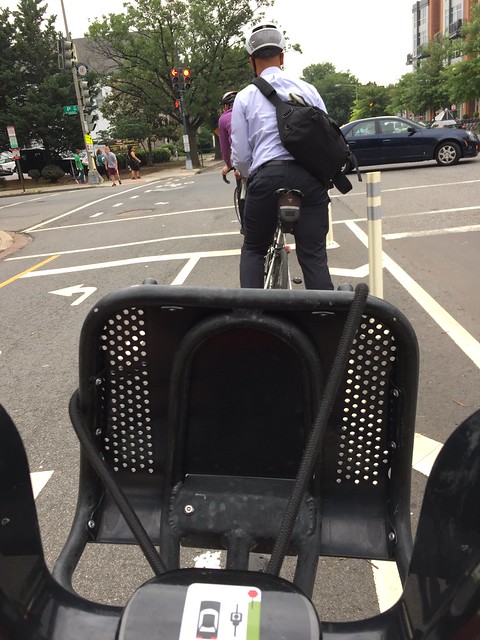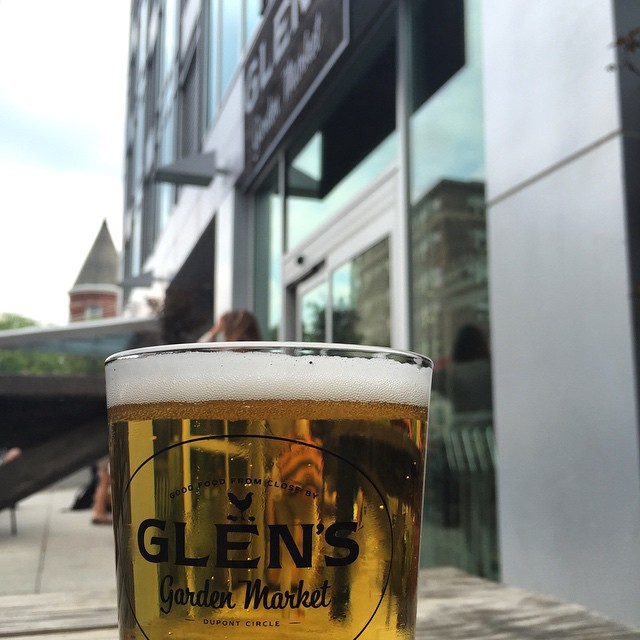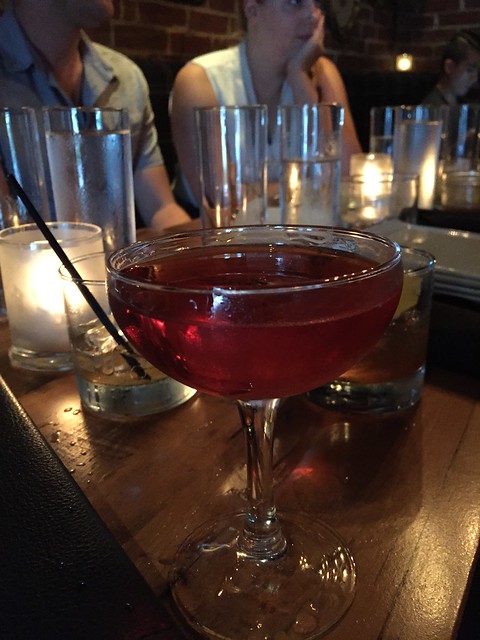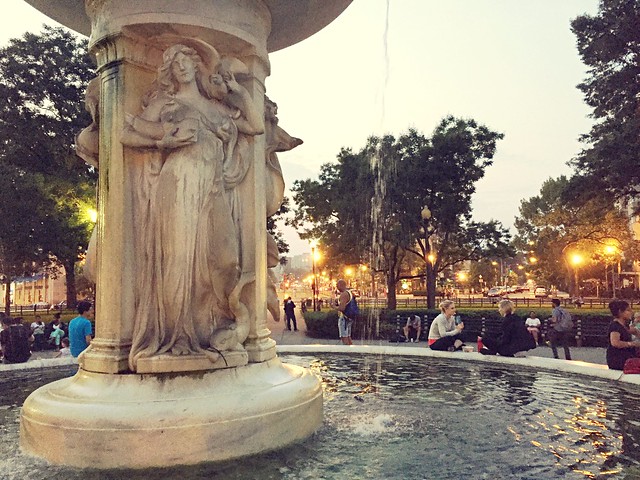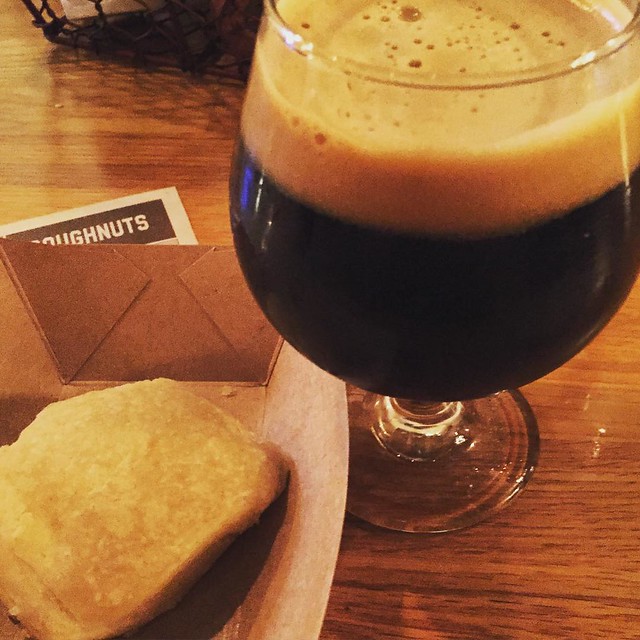The last bar I went to before the covid shutdown in Washington, DC, was McClellan’s Retreat.
It’s a favorite of mine – I even put in my book LIKES – because it’s a cozy little space with good cocktails and no TVs. I was a regular, being a fan of their happy hour Old Fashioneds.
On the Saturday night before the world ended in March, the bar was packed. I was there with friends and we had to wait for a table before we all squeezed together to share food and drinks.
Five months later, I was back with a couple of the same friends. None of us were courageous enough to sit inside. Instead, we sat outside at a table carefully spaced apart. In March, I was shoulder to shoulder with my friends; now I had my own bubble of space.
The bartender recognized me, despite my mask. “It’s in the eyes,” he said. I signed the register with my name and phone number, a covid requirement in DC.
McCllellan’s Retreat is at the busy intersection of Connecticut and Florida Avenues north of Dupont Circle. The sidewalk is narrow and cars rush by just feet away. It’s not a spot I would choose to sit outside at, pre-covid.
But in this covid era, I was delighted to have a drink with Carlos and Flo. It made me happier than anything has in months.
People need social experiences. They need to sit across the table from another person and share stories. We are storytelling animals; that is how we built civilization.
And we do it in cities.
Jerry Seinfeld published an article on how New York is not dead. In it, he writes:
Energy, attitude and personality cannot be “remoted” through even the best fiber optic lines.
We cram together in impossible places like a narrow island off the East Coast (or a Mid-Atlantic swamp) because the presence of so many people creates a bubbling stew of possibility that is irresistible to social creatures such as ourselves. We long to see human faces, to hear their voices and enjoy the novelty that they bring to our lives.
I ordered a second beer. A Raised by Wolves by the local brewery Right Proper Brewing.
And then a gyro truck pulled to the curb in front of McClellan’s Retreat. Carlos got up to order some food. The driver explained that he wasn’t supposed to park there but would cook something up if Carlos didn’t mind going around the corner.
My friend followed the truck down the block, disappearing into the distance, leaving me there with Flo.
The bartender explained that the gyro truck is for Assets, the strip joint across the street. The city has a covid requirement that bars must serve food. Even strip bars. The gyro truck (run by a couple of Pakistani guys) makes a loop around the neighborhood and parks in front of Assets.
I wondered how you operate a strip joint during social distancing. The bartender explained that the strippers perform outside on the patio and do not get naked (technically). This explained the parade of women in short-shorts I had seen across the street. All evening, I had watched ladies emerge from Assets and walk around the corner to the patio in feather boas and glow sticks.
This kind of energy only exists in cities. Nothing pleases our curious primate minds more than learning something new.
A Zoom call is a pale substitute for the real thing, the real experience of being sweaty and drinking beer outside as you listen to a bartender tell an amusing story about strippers after one of your friends has walked off in search of a gyro.
This is why cities will endure, for they provide happy combinations such as strippers and gyros, novel experiences that you can only get by being there.






